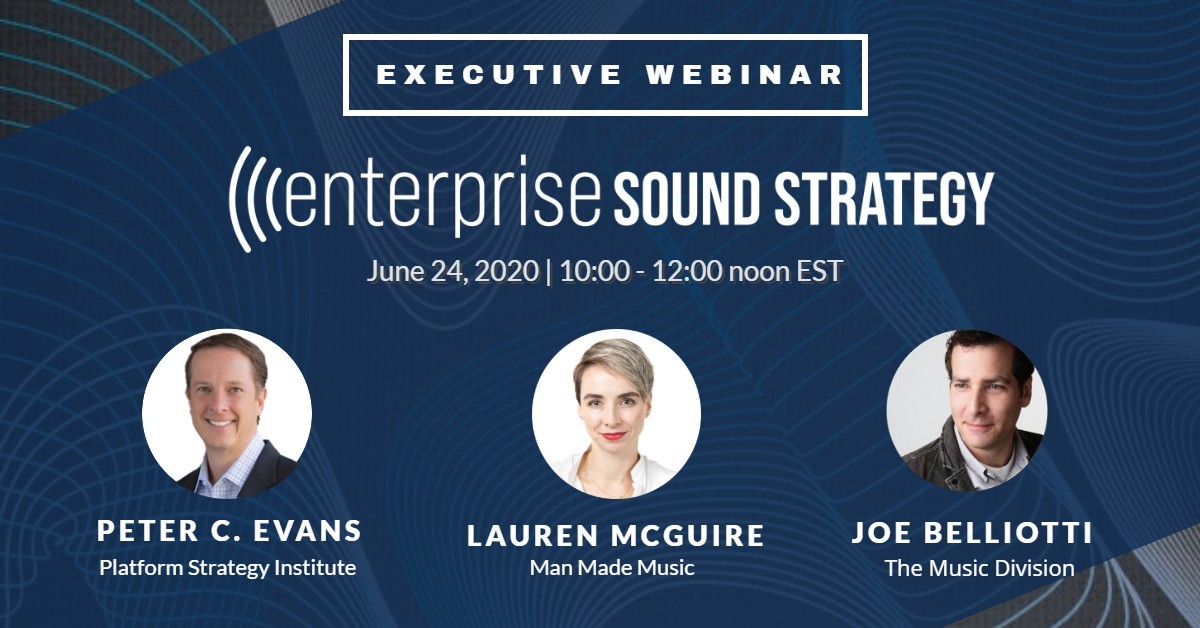Businesses are moving to a new phase in the global pandemic. They are shifting from the emergency shut down phase to a new phase of cautious reopening. The pace at which this is taking place varies significantly by location and type of business.
There is also much uncertainty as to how this phase will unfold. What restrictions will be in place, what will be the appropriate approaches to physical distancing and what are the best practices to reengage customers, employees, and partners.
What is becoming clear is that it will not be enough to just revive your business. More can and should be done. There is an opportunity to make important adjustments and even transform your business. Joseph Pine II, the leading authority on the Experience Economy, has put forward a useful three-pronged framework for considering more proactive measures to not just return to business as usual but to enhance your business.
He suggests that regardless of your business, now the time to refresh your brand, redesign your offerings, and renew your capabilities.[i]
One cost-effective and powerful path to achieving those goals is to consider how you can use sound to build engagement and provide a competitive advantage. Just as every company has a visual presence, it also has a sonic presence. A key question: Is your audio presence consistent and truly reflective of your brand? And, as important, Are you taking advantage of all the ways sound can enhance your business?
Extensive research demonstrates sound and music have a positive impact on health and well-being – improving cognitive performance, reducing stress, and enhancing workouts. It also has important implications for engagement and memory. Sound can also influence moods and feelings. In short, sound has important neurological, biological, and emotional impacts.
At the same time, surveys indicate that many companies lack a sonic brand identity. A recent survey by Advertiser Perception found that nearly two-thirds of respondents admitted they do not have a sonic brand identity.[ii] This is despite 58 percent of the respondents acknowledging there is an increasing need to focus on how a brand sounds as much as how they look.
Sound Strategy
There are many ways in which sound and music can be a part of your restart strategy. Let’s examine these in the context of Pine’s framework.
Refresh. The COVID-19 pandemic has been disruptive to many people’s lives and livelihoods. Companies are responding by shifting their customer-experience efforts to meet their customer’s new priorities of safety, security, and timely and honest communication. Indeed, companies that lead with empathy and engage customers authentically can strengthen relationships.
In this changing environment, it is valuable to ask, How does your company sound? Does the soundtrack to your brand fit the new environment? It is well established that sound and music are key to projecting moods and emotional engagement. It may be time to refresh the soundtrack to our brand. Does your audio identity reflect the way you want your customers, employees, and partners to hear you both online and offline?
Redesign. The reopening of economies presents an opportunity to redesign your offerings and proactively consider how sound experiences can facilitate this process. The shift to digital is particularly important. As McKinsey pointed out in a recent note to clients, customer behaviors and preferred interactions have changed significantly and businesses need to respond accordingly.[iii]
Their research indicates that 75 percent of people using digital channels for the first time indicate that they will continue to use them even after economies reopen. How do these channels sound to your customers?
As you redesign your offerings, rethink with purpose, the way your company (and brand) sounds across all digital touch points. Call centers, voice assistants, and even earnings calls can potentially be redesigned so they are consistent and fully leverage the power of sound to engage.
Redesign does not need to be solely about products or services. Redesign can also be useful to improve employee engagement, especially as most office employees are now working remotely. One approach to virtual team building is by supporting the creation of collaborative playlists.
For example, teams at Trello have used Spotify to create collaborative playlists that anyone on the team can listen to and contribute to curating.[iv] These can take the form of upbeat playlists that motivate getting a project done to more mellow “de-stress” playlists.
Other companies have experimented with music happy hours. Instead of just drinking together over video, team members join in performing mini-concerts for one another.[v]
Renew. Finally, Pine argues that recessions are, difficult as it may be, a time to invest in new capabilities that will create new offerings to better position companies for the future. Innovation is required not just to make products or services more efficient but to make them better experiences.
This can help not only to differentiate but also to avoid the downward price pressure. Even in the midst of a crisis customers desire not only to save time but to spend time well. Strategic investments in music and sound experiences can help them achieve these goals. Sound experience can deliver the value that customers place on great experiences.
Covid-19 has not only impacted customer relationships and employee work relationships. It has also impacted supply chains and partner ecosystems. The reopening of economies is an opportunity to renew these relationships and sound strategies can help.
For example, companies can jointly create sound and music experiences as part of co-branding initiatives with ecosystem partners. Where two companies have plans to go to market jointly, the creation of a co-identity can be an effective way to go to market to show solidarity and resilience. Renewal should be considered in the context of your entire ecosystem.
In short, sound and music experiences provide companies a host of opportunities to create new value and engage customers and stakeholders uniquely and authentically. The strategic use of music and sound goes beyond a single song or jingle.
Sound strategy means looking across your organization for the many ways sound and sound experiences can be used both online and offline, as well as prerecorded and live. When thoughtfully and creatively developed, sound experiences can be as, if not more, impactful than a company’s visual identity.
Sound strategy should be an integral part the larger umbrella of brand expression and stakeholder engagement that supports programs, products, and services in line with business objective. That is sound thinking.
To learn more about how apply the power of Power of Sound Thinking in Experience-led Transformation join for our Executive Webinar on June 24, 2020. Registration information is available at: https://www.enterprisesoundstrategy.com/
Sources
[i] B. Joseph Pine II, “Experience-led Transformation in Today’s Experience Economy,” RightPoint, May 6, 2020. https://www.rightpoint.com/thought/2020/05/06/experience-led-transformation-in-todays-experience-economy-part-2
[ii] Sonic Branding Research,” Advertiser Perceptions, March 2020 (Survey was based on 124 online interviews conducted between February 17th and March 6th, 2020).
[iii] “Connecting with customers in times of crisis,” McKinsey, April 15, 2020. https://www.mckinsey.com/business-functions/marketing-and-sales/our-insights/connecting-with-customers-in-times-of-crisis
[iv] Spotify officially launches a shared-queue feature called Group Sessions, Tech Crunch, May 11, 2020. https://techcrunch.com/2020/05/11/spotify-officially-launches-a-shared-queue-feature-called-group-session/
[v] As Virtual Happy Hours Get Old, Employers Seek Fresh Ways to Engage Remote Workers, Wall Street Journal, April 7, 2020, https://www.wsj.com/articles/as-virtual-happy-hours-get-old-employers-seek-fresh-ways-to-engage-remote-workers-11586290987
Article by channel:
Everything you need to know about Digital Transformation
The best articles, news and events direct to your inbox
Read more articles tagged: Featured, Platforms and Ecosystems, Strategy










